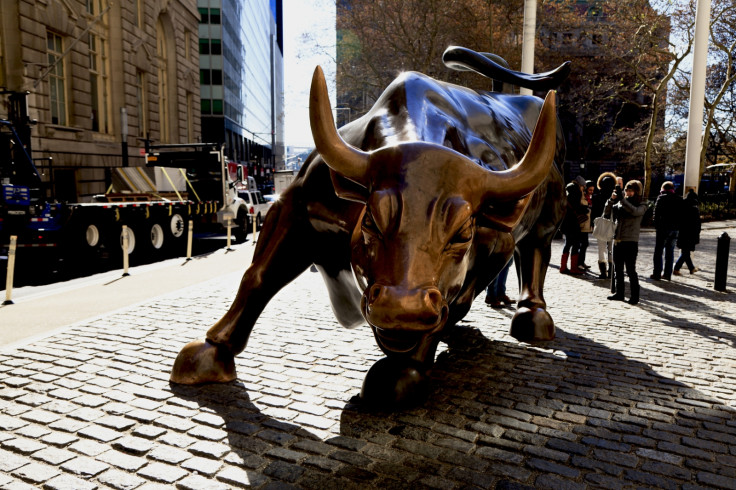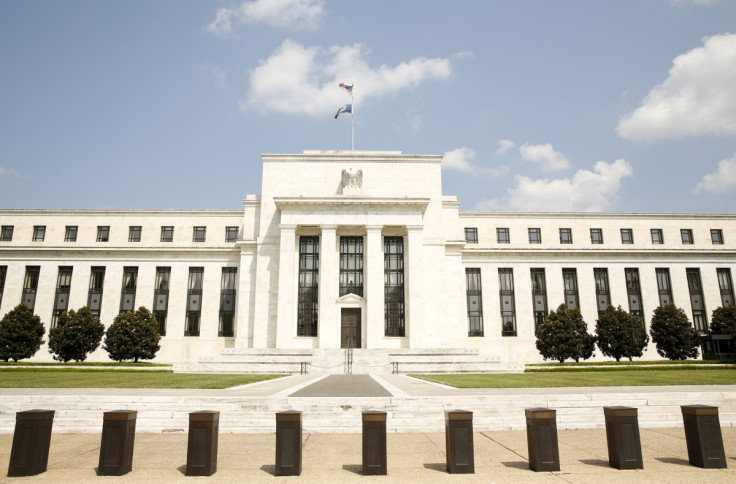The maturing bull market and how to play it
Markets have been rising for eight years; so what do we make of it and are we close to the top?

The global equity bull market has been underway for eight years. It has been remarkably resilient, surviving a series of scares along the way. It has shrugged off the Eurozone sovereign debt crisis, a collapse in the oil price, various China growth shocks and the start of the US Federal Reserve's normalisation of monetary policy.
The bull market may have been robust but it has certainly never been particularly enthusiastic. In fact, this could be described as one of the most grudging bulls ever. Investors have never really believed in the rally and there has been a steady chorus of siren voices, warning that the good times must soon end.
This is how bull markets work. Markets rise against a background hum of concerns. They climb a wall of worry. The time to be concerned is not when investors are sceptical but when no-one is fearful.
So, yes, the bull market is mature, but the indications that we are close to a peak are notable for their absence. The euphoria which typically marks the top of the market cycle is just not in evidence.
This is a time to stay fully invested but to be aware of what could go wrong. Here are five things that I'm watching closely for the straws in the wind which will foreshadow the next top.
1. The Trump trade – can the President deliver?
Never knowingly undersold, Donald Trump arrived in the White House with a string of outstanding promises waiting to be fulfilled. The most important of these were: deregulation, infrastructure spending and tax reform.
Inevitably, the market has gone through a cycle of hope, disappointment and re-assessment. Mr Trump's failure to deliver a workable alternative to Obamacare cast serious doubt over his ability to come up with meaningful tax reforms, much more important from a market perspective.
While it is true that Trump inherited a US economy in increasingly rude health, and while the US has many structural advantages over the rest of the world, he will need to deliver lower taxes, less red tape and more government spending if the American stock market is to justify its current valuation.
2. How fast will the US Federal Reserve go?
The rate hike in March was the second in three months but it was only the third in a decade. The Fed is clearly minded to get on with monetary tightening but it is also aware that it must proceed at a prudent pace. The recovery is not so strong that it can cope with an excessively rapid interest rate squeeze.

The early stages of a rate-tightening cycle can be quite good for stock markets because investors focus on the reasons why rates are rising rather than their impact. The Fed is currently nudging rates higher because it is increasingly confident that the recovery is sustainable. It is not yet fearful about rising inflation.
For now, rate rises are good news and crucially they are good news that marks a clear divide between the US and the rest of the world, which remains some way off a hike. As long as the Fed tightens at its projected, cautious rate, then monetary policy won't be a problem.
3. Inflation: Is the dragon stirring?
While the Fed is raising rates in response to improving growth, it is undoubtedly aware that delaying too long risks the dragon of inflation stirring from its long slumber. This is not just an issue in the US. British inflation, fuelled by a weak pound, is picking up. Even in Japan prices are rising again.
For now, inflation is nothing to worry about. And, as with rising rates, the early stages of a pick-up in prices are not necessarily anything to fret over.
But, and it's a big but, inflation never looks like a problem until it starts to become a major issue. All the periods of worrisome price rises have been preceded by periods in which inflation looked to be benign. So while inflation is not a concern, now, it soon could be.
4. Swings and roundabouts – who's up, who's down?
A key indicator of where we are in the market cycle is where funds are flowing. Two rotations I'm watching closely are those relating to investment style and to geography.
On style, the jury is out on the relative merits of cyclical and defensive stocks. For much of the past year, economically-sensitive stocks have outperformed. That made sense. As the economic recovery gains traction, you would expect investors to move towards cheaper value shares, confident that a broader set of companies can now deliver the growth they crave.

This year, though, as concerns about the sustainability of the Trump trade have crystallised, the rotation into cyclicals has stalled. That's a good contrarian signal that the bull market can grind on for a while yet.
Also positive is the rotation out of more highly-valued US stocks and into cheaper European and emerging market shares. What this suggests is that there are still pockets of value around the world. Again, this is a sign that the market cycle has a way to run yet.
5. Finally, politics.
The conventional wisdom at the start of 2017 was that this year could bring another set of surprises to match last year's Brexit and Trump upsets. So far, the evidence is that the political uncertainty wave has crested. The electorates in both Holland and France have delivered market-friendly results which suggest that domestic politics at any rate might stop acting as a drag on markets.
Whether the same can be said of the geo-political landscape is another matter altogether. If President Trump has learned anything in his first 100 days it is that taking action on the foreign policy stage is a great deal easier than domestically. When a president with low approval ratings discovers the power of acting tough, investors should sit up and notice.
Tom Stevenson is Investment Director for the Personal Investing business at Fidelity International. Tom joined Fidelity in March 2008. He acts as a spokesman and commentator on investments and is responsible for defining and articulating the Personal Investing business' views. Prior to joining Fidelity, Tom was a financial journalist writing for various publications including Investors Chronicle, The Independent and The Telegraph.
© Copyright IBTimes 2025. All rights reserved.




















